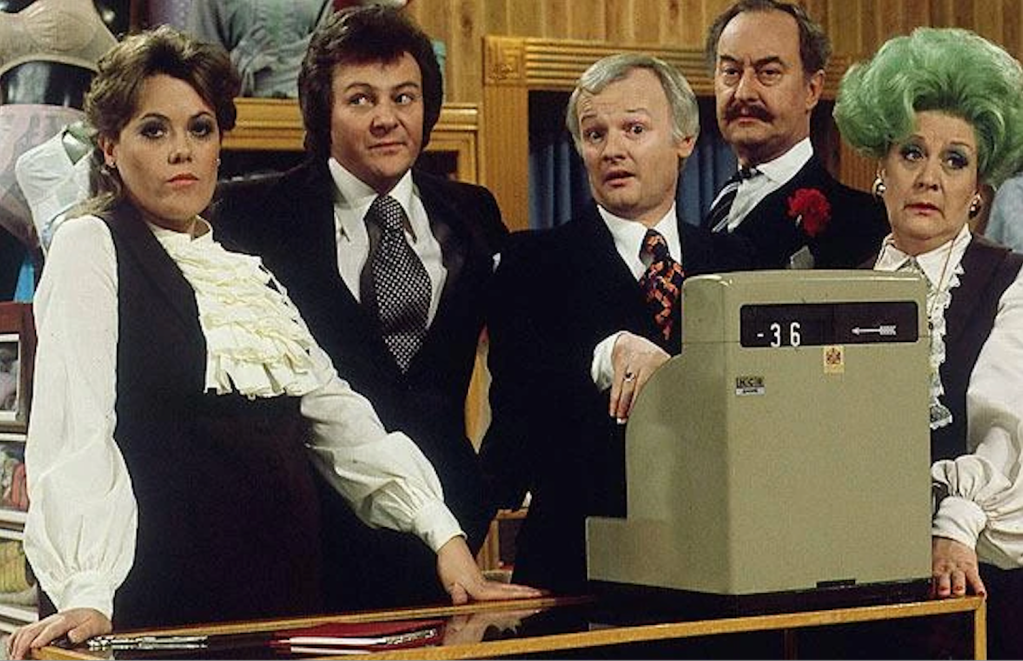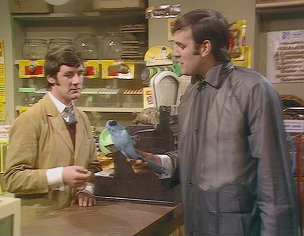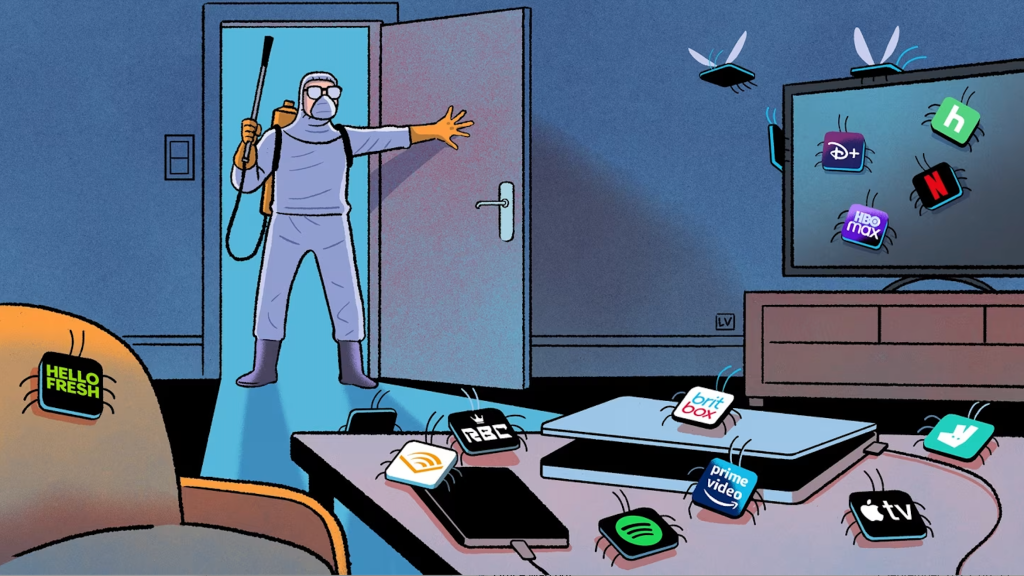Last week I went to a shop. It’s a place selling a specialist kind of shoe: wide toe-box, zero drop, for those who recognise that deforming our feet in traditional narrow-at-the-front shoes for the diffuse reason of “fashion” is a bad thing that will, and very often does, cripple us in later life.
The shop was in the middle of nowhere. In Stockholm terms, that means ten minutes walk from the closest subway station. So I trudged through slush and snow to the front door and in I went. When I entered that tiny ten square-metre space (for the Americans, that’s the area of about 165 boxes of Cheerios) I saw two staff. One behind the till, tapping away on a laptop, one roaming the floor. They both said hello. I said hello back. The one roaming came up to me (not a hard thing to do) and asked if there was anything I needed help with. I said no. And I started to browse.

Now, it’s not entirely easy to browse a small shop with two people trying to pretend they’re not watching you. But I tried. I scanned the shoes on offer. Too expensive. Too weird. Too ugly. I reached for one and picked it up, to judge its weight. Whereupon floor-roamer shot over like a bullet.
“Very nice, isn’t it? Maybe you need help trying it on? Or measuring your feet? Perhaps a quickie in the back?” I’m not sure he said that last part, but I’d stopping listening, so he might have.
“No thanks,” I said, more firmly, balancing the shoe back on its miniature shelf (why are those things so tiny?) with polite determination. “Let me know if you need help!” he said, and slid off.
Now my annoyance was tingling. But I figured, okay, I’ve told him twice. That had to sink in, right? So now I can browse in peace. The sale section … hmm. Cheaper, sure. but also uglier…

Out of the corner of my eye, I saw floor-roamer nip into the back. And I exhaled in relief. Seems he finally got the message. Good. Now, in case you’d forgotten, let me remind you that person two was behind the till, tapping on a laptop, ordering laces or admiring photos of brogues or whatever it is that shoe-shop people do. And having spotted a twenty-second silence, she looked up, smiling.
“Let us know if you need some help!” she barked. I nodded, grinning. Please. Please stop.
I continued browsing, moving, in desperation, over to the socks. It was over now. Surely it was. The socks were nice. Wool toe-socks, with extra reinforcement, with a Japanese brand name…
“Let me know if you need help with the socks!” came the voice from directly behind me, making me jump. I didn’t have to look around to tell it was floor-roamer, returned from his visit to the back of the shop. “We can measure your foot,” he added, “so you can get the exact right size!”
That was it. I grunted, nodded, took one last look around, paying my final respects to the gods of footwear, and dashed for the door. “Bye!” I said, and before their answers had time to travel through the three metres of air that separated us, I was out the door and gone, vanished into the anonymous city, where I’d find solitude, and sadness, and slush, but also peace. Blessed peace.
So regular shops (brick-and-mortar stores, as they’re called in the retail trade) are having a hard time. One reason is that web shops are becoming popular. There’s probably many reasons for this, but for me, it’s this one: web shops doesn’t bother you. They let you be. Sure, they’ll flash banners at you, but there’s no constant small-talk to navigate. You can buy, or not buy, and just leave, in silence.
So shop people, stop bugging me when I browse. You can ask me once. Maybe twice (if you’re attractive, have a nice smell or a good, calming voice). But then leave me the hell alone. Because if you disregard my wishes, I’m out of there and you’ve lost a sale and will appear in angry blog posts. Okay?
I finally got the shoes. Online. Were they any good? I’ll let you know when I’ve worn them, because now, fresh out of the box, they are too pretty for such mundane tasks as covering my feet. And I didn’t have to talk to a single human during the entire process. What a wonderful, wonderful world.
/ Paddy















